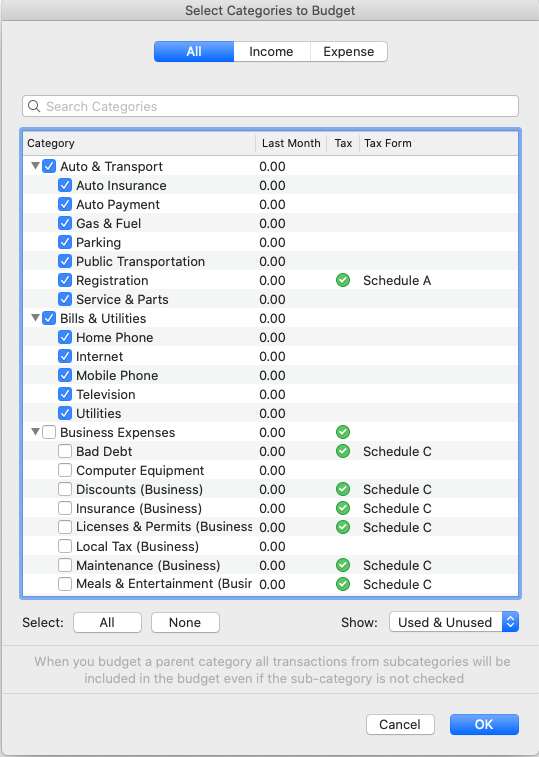

If you’re brand new to Tiller review our getting started steps and pay close attention to how you name your accounts (step 4) to have less data cleanup in later steps.Ĩ. Select the cells with the inflows and outflows data and press the delete key to clear them.ħ. There are likely two values at the bottom of the amounts column that correspond to inflows and outflows, and no other transaction data, which you can simply clear. Scroll to the bottom of the Transactions list and clear the inflows and outflows data. Click the row number starting with row 1, press and hold the shift key, then right click row number 6 and then choose “Delete rows 1-6”Ħ. In our example below we’re removing rows 1 through 6. Remove the extra rows that Quicken adds to the top of the export. Right click the column letter and choose “Delete column.” Note: There shouldn’t be any scheduled transactions included in this list, and the “split” data can be moved to a “note” or separate column if it’s important.ĥ.

Click the “Open with Google Sheets” to open your Quicken CSV as a Google Sheet.Ĥ. Double-click on the file in Google Drive to open it.ģ. The file will be uploaded to Google Drive.Ģ. Log in to your Google drive at and drag and drop your exported Quicken CSV file to this page. Preparing Your Quicken CSV for Use In Your Tiller Spreadsheetġ. Now we’re ready to move on to preparing the data for use in your Tiller automated financial spreadsheets. You now have a CSV (comma separated values) file of your Quicken transactions. Select “Next” and save the file on your computer. Remove the checkmark next to “Include Scheduled Transactions” checkbox since future transactions will automatically be imported by Tiller.ħ. In the Export Options popup, select Export: “All visible transactions”. From the File menu, select “File”, “Export”, “Register Transactions to CSV File…”Ħ. Select “Any Status” or pick the status you want to import.ĥ.Don’t include any accounts that you don’t plan to include in your Tiller spreadsheets.

This help article explains how you can rename accounts on the Tiller Console. To make the cleanup steps easier later we recommend you use the same account names in your Tiller Console that you already used in Quicken.


 0 kommentar(er)
0 kommentar(er)
